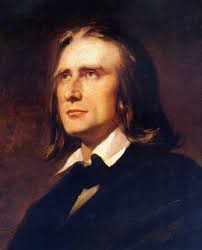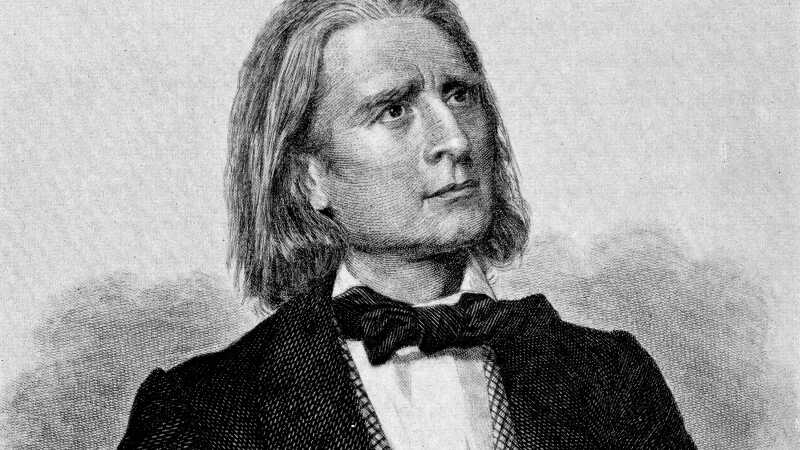The History Behind Franz Liszt’s Transcendental Étude No. 4: Mazeppa
Franz Liszt, one of the most dazzling virtuosos of the Romantic era, left an indelible mark on piano literature with his set of Transcendental Études. Among these twelve monumental works, Étude No. 4 in D minor, titled “Mazeppa”, stands out as a masterpiece of both technical prowess and dramatic expression. Completed in 1852, this particular étude is not only a musical tour de force but also a work deeply rooted in Romantic literature and legend.
Inspiration from Victor Hugo
The title Mazeppa refers to the Ukrainian nobleman Ivan Mazepa, whose dramatic tale of punishment and survival became a favorite subject in 19th-century Romanticism. According to legend—and as immortalized in Victor Hugo’s 1829 poem “Mazeppa”—he was tied naked to a wild horse and set loose as a form of punishment. The frenzied ride across the steppes became a metaphor for unbridled passion, torment, and transcendence.
Liszt, ever inspired by literature and the power of storytelling, used Hugo’s vivid poem as the narrative backbone for this étude. The music traces Mazeppa’s journey: from the chaotic gallop of the horse, through the agony of his ordeal, to his triumphant rise from suffering. In fact, the score includes a quotation from Hugo: “Il tombe, mais se relève roi” (“He falls, but rises again a king”), capturing the essence of redemption through struggle.
From Technical Study to Symphonic Poem
Liszt’s Mazeppa first appeared in a more modest form in 1826, as part of his early set of twelve études. However, by 1837 he had completely revised and vastly expanded the work into a virtuosic display piece, more challenging and theatrically vivid. The final version, published in 1852 as part of the Transcendental Études, represents the culmination of his evolving pianistic style.
The music is a tour de force of repeated notes, octave leaps, rapid arpeggios, and shifting dynamics—all designed to simulate the wild ride of the horse and the determination of Mazeppa to endure. Despite its technical complexity, Liszt’s intention was not merely to show off: it was to fuse drama, narrative, and virtuosity into a new kind of musical expression.
A Legacy of Heroism and Transformation
Transcendental Étude No. 4: Mazeppa remains one of the most iconic pieces in the piano repertoire. It exemplifies Liszt’s vision of the pianist as both athlete and poet—a heroic figure capable of transcending the limits of the instrument.
Its enduring popularity among pianists is a testament to its power and depth. Interpreters from Vladimir Horowitz to Evgeny Kissin have tackled its formidable challenges, bringing the legend of Mazeppa to life for new generations of listeners.
For Liszt, Mazeppa was more than just a display piece—it was an allegory for artistic struggle, transformation, and ultimate triumph. In this single étude, he captured the essence of Romanticism: the idea that through suffering and endurance, one might emerge not merely alive, but ennobled.


Comments are closed